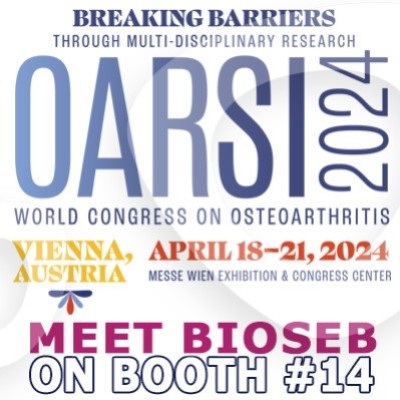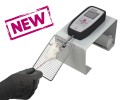Authors
Zieli?ska M, Chen C, Mokrowiecka A, Cygankiewicz AI, Zakrzewski PK, Sa?aga M, Ma?ecka-Panas E, Wla? P, Krajewska WM, Fichna J.
Lab
Department of Biochemistry, Faculty of Medicine, Medical University of Lodz, Lodz, Poland.
Journal
J Pharm Pharmacol.
Abstract
OBJECTIVE:
The aim of our study was to characterize the effect of P-317, a novel cyclic derivative of morphiceptin, on gastrointestinal (GI) motility and abdominal pain in mouse models mimicking symptoms of diarrhoea-predominant irritable bowel syndrome (IBS-D).
METHODS:
The effect of P-317 on mouse intestinal motility was characterized in vitro and in vivo in physiological and pathophysiological conditions. The antinociceptive action of P-317 was characterized in the mustard oil-induced abdominal pain model and the writhing test. Locomotor activity and grip-strength tests were used to evaluate the effect of P-317 in the central nervous system (CNS). To translate our study to clinical conditions, the semi-quantitative expression of ?-opioid receptors (MOP) and ?-opioid receptors (KOP) messenger RNA (mRNA) in human colonic samples from IBS-D patients was quantified.
KEY FINDINGS:
In vitro, P-317 (10(-10) -10(-6) M) inhibited colonic and ileal smooth muscle contractions in a concentration-dependent, ?-funaltrexamine and nor-binaltorphimine-reversible manner. In vivo, P-317 (0.1 mg/kg, i.p. and 1 mg/kg, p.o.) inhibited GI transit, displayed a potent antinociceptive action in abdominal pain tests and did not influence the CNS.
CONCLUSION:
P-317 produced a potent analgesic and antidiarrhoeal action in the mouse GI tract after oral administration. Given lower expression of MOP and KOP mRNA in IBS-D patients, P-317 is a promising peptide-based drug candidate for IBS-D therapy.
BIOSEB Instruments Used:
Grip strength test (BIO-GS3)

 Pain - Thermal Allodynia / Hyperalgesia
Pain - Thermal Allodynia / Hyperalgesia Pain - Spontaneous Pain - Postural Deficit
Pain - Spontaneous Pain - Postural Deficit Pain - Mechanical Allodynia / Hyperalgesia
Pain - Mechanical Allodynia / Hyperalgesia Learning/Memory - Attention - Addiction
Learning/Memory - Attention - Addiction Physiology & Respiratory Research
Physiology & Respiratory Research
 Pain
Pain Metabolism
Metabolism Motor control
Motor control Neurodegeneration
Neurodegeneration Cross-disciplinary subjects
Cross-disciplinary subjects Muscular system
Muscular system General activity
General activity Mood Disorders
Mood Disorders Other disorders
Other disorders Joints
Joints Central Nervous System (CNS)
Central Nervous System (CNS) Sensory system
Sensory system Bioseb on booth #14 at OARSI 2024 in Vienna
Bioseb on booth #14 at OARSI 2024 in Vienna 